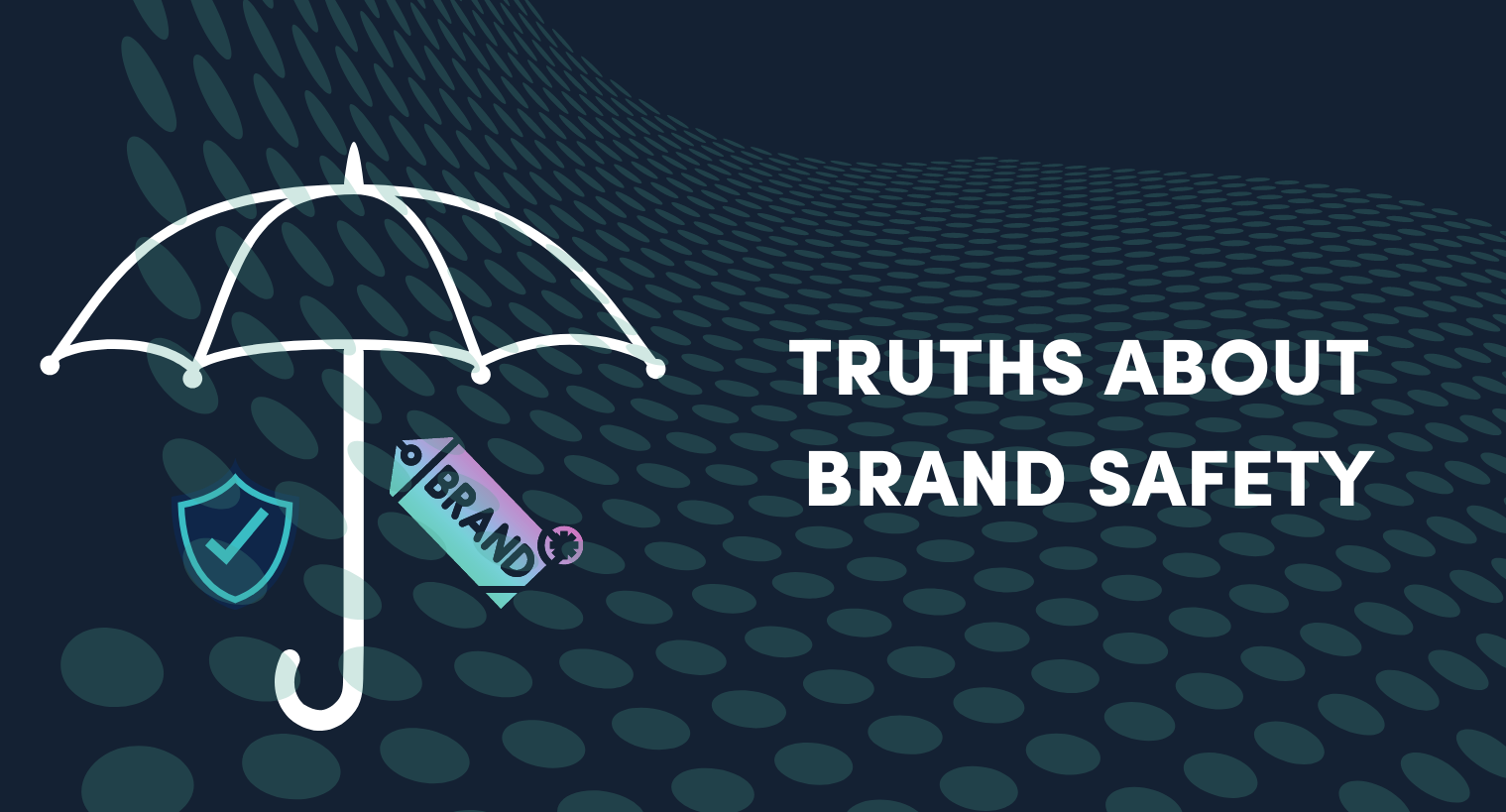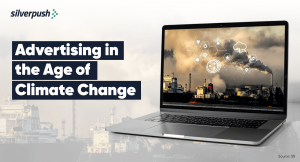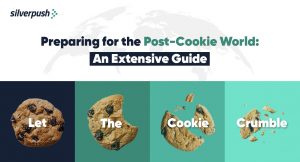6 Truths About Brand Safety Every Business Should Know | 20 Apr, 2022

One of the most difficult challenges when ensuring brand safety is deciding what’s “safe,” which is entirely personal and often favorably specific. A conventional brand may blocklist sites with inappropriate content, while a future-focused brand may find its actual audience in those same spots.
But, in this process advertisers might overlook the minute reality of brand protection today and skip truths about brand safety that they cannot afford to ignore.
Interesting Truths About Brand Safety
People are drawn to Controversial Topics
Brands can skip many opportunities when they blocklist sites or construct long keyword-blocking lists for suspicion of controversy. And increased demand among conservative brand marketers can push up pricing on sites deemed safe, even if those “ultra-safe” pages draw less traffic. Taking measures to ensure that a brand remains safe is important, but too many measures can be expensive and show lackluster outcomes.
There’s no such thing as a Secure Website
There are a bunch of scenarios illustrating this fact—airline ads next to news reports about airplane crashes, candy ads preceding those about dental care and cavities, etc. Protection is about content and context, not URLs, so contextual understanding is important. It’s almost inevitable that every carefully filtered and selected site on a URL allow list could serve up more than one discomfiting matchup.
Read Also: Brand Safety and Brand Suitability – Do they Differ?
There are a lot of Gray Areas
There are many websites that all brands will want to bypass in the Wild West of the World Wide Web. But the vast plurality of web addresses, or URLs, offer a mixture of excellent and inappropriate content. As a result, guiding the enormous ocean of questionable content needs detailed descriptions of every brand and its audiences to decide what sinks into the thumbs-up category.
Equally significant, the same practice needs to happen for each campaign and every advertisement. An ad featuring many raised hands emerging next to a report on advances in prosthetic limbs is cringeworthy, but other ads might be just fine.
Change is Consistent
This fact seems more accurate than ever. And the internet is the zone where transformation is immediately noticed, captured, and spread. That means your brand safety tool must be competent in developing in real-time. Otherwise, today’s perfect brand strategy may be risky or hopelessly out-of-date by tomorrow. Because let’s face it: going viral is not always helpful.
Video Rules
As phone usage peaks and more internet-connected TVs enter every home, video advertising will rise. According to a study, online video traffic is anticipated to double over the next few years, making it a medium no advertiser can afford to miss.
Until now, no proper brand safety tools exist for video content—especially “in-stream.” After multiple examples of big brands’ ads on videos that featured fierce or hate-filled content, advertisers have every right to be careful in order to keep a brand’s reputation safe..
Using a Machete is Silly when a Scalpel will do
Just as avoiding video suppresses vulnerability and hurts consumer acquisition, URL blacklists and allow lists limit views and transformations. The same is valid for out-of-the-box filtering methods, even if that permits some personalization. Likewise, any fixed solution that doesn’t help fluid growth slowly hacks away at meaningful views and restricts compounding dollars.
Conclusion:
Marketers require brand safety methods that help them eradicate concerns while also developing new audiences. While evolution brings opportunity, a necessity of brand safety has become really crucial to keep a brand’s reputation unharmed.
Read more of our blogs in order to learn how to effectively protect your brand online.

BLOGS
Super Bowl Advertising: A Month-Long, Multi-Screen Event for Brands
For Americans, there are two events that they hyped for a whole year - Football season, and waiting for football season. Football remains highly popular among Americans, with searches for "NFL Draft" and viewership numbers showing an unwavering interest in the sport. According to Google Search data, football is more ...

BLOGS
Advertising in the Age of Climate Change: The Adoption of Carbon Emission Metrics
The urgency of the climate crisis is increasing, and the media industry is no exception. While some professionals are working to reduce their direct operational emissions, there is an urgent need for common standards to be set for indirect emissions that come from digital advertising. The digital advertising industry is becoming ...

BLOGS
Complete Guide to Reaching Audience with Cookieless Advertising
What’s your alternative game plan for effective cookieless advertising? Haven't thought about it yet? The time is now! Introduction The complete year of 2022 was dedicated to cookies! Panic is setting in amongst marketers owing to mounting privacy laws and the ban on cookies, causing them to re-evaluate their strategies.







